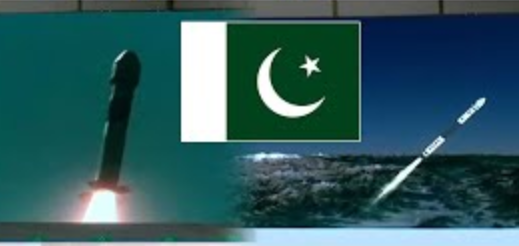ISLAMABAD, August 1 — Pakistan has entered a new era in space-based Earth observation with the successful launch of its remote sensing satellite, PRSS-II, on July 31, 2025. The launch, conducted in partnership with China from the Xichang Satellite Launch Centre, was confirmed by the country’s national space agency, SUPARCO (Space and Upper Atmosphere Research Commission).
This second-generation satellite is engineered to deliver high-resolution imagery and data, enhancing the country’s ability to respond to environmental, agricultural, and infrastructure challenges.
Emergency Mapping Just Got Faster
In a country frequently hit by floods, earthquakes, and other natural disasters, PRSS-II provides a crucial upgrade. Within minutes of a disaster, it can deliver detailed satellite imagery to identify affected areas, assess damage, and help emergency teams direct aid where it’s needed most. This kind of rapid response could dramatically cut down the time between a crisis and on-the-ground relief.
Smarter Cities Through Space Data
Urban planners are also expected to benefit. The satellite’s high-resolution imaging enables precise tracking of land use, road development, and urban sprawl. In cities like Lahore and Karachi, where unchecked expansion strains infrastructure, real-time data could help improve zoning decisions, reduce congestion, and guide sustainable development projects.
Watching Over Water
PRSS-II also sharpens Pakistan’s ability to manage one of its most critical resources: water. By monitoring river systems, detecting floods in advance, and overseeing dam levels, the satellite can provide actionable intelligence to prevent water-related crises. It’s also a potential game-changer for long-term water conservation strategies.
Agriculture Under the Lens
For Pakistan’s largely agrarian economy, the satellite offers a powerful tool to monitor crop health, predict yields, and detect early signs of drought or disease. With climate variability posing a growing threat to food security, PRSS-II’s imaging capabilities could give farmers and policymakers the upper hand.
Climate Watchdog from Orbit
Perhaps most critically, PRSS-II will help track climate-related changes that are often invisible at ground level. It can monitor glacier melt in the northern regions, measure soil degradation, and provide long-term climate data to scientists tracking environmental trends. This insight is increasingly vital as Pakistan faces rising climate risks, from shrinking water sources to intensifying heatwaves.
With PRSS-II now in orbit, Pakistan joins a growing number of countries using space technology not just for prestige, but for practical, life-saving applications. The launch marks a significant step in developing self-reliant satellite capabilities and integrating space-based intelligence into national planning.


